Should the woolly mammoth really be brought back from extinction?
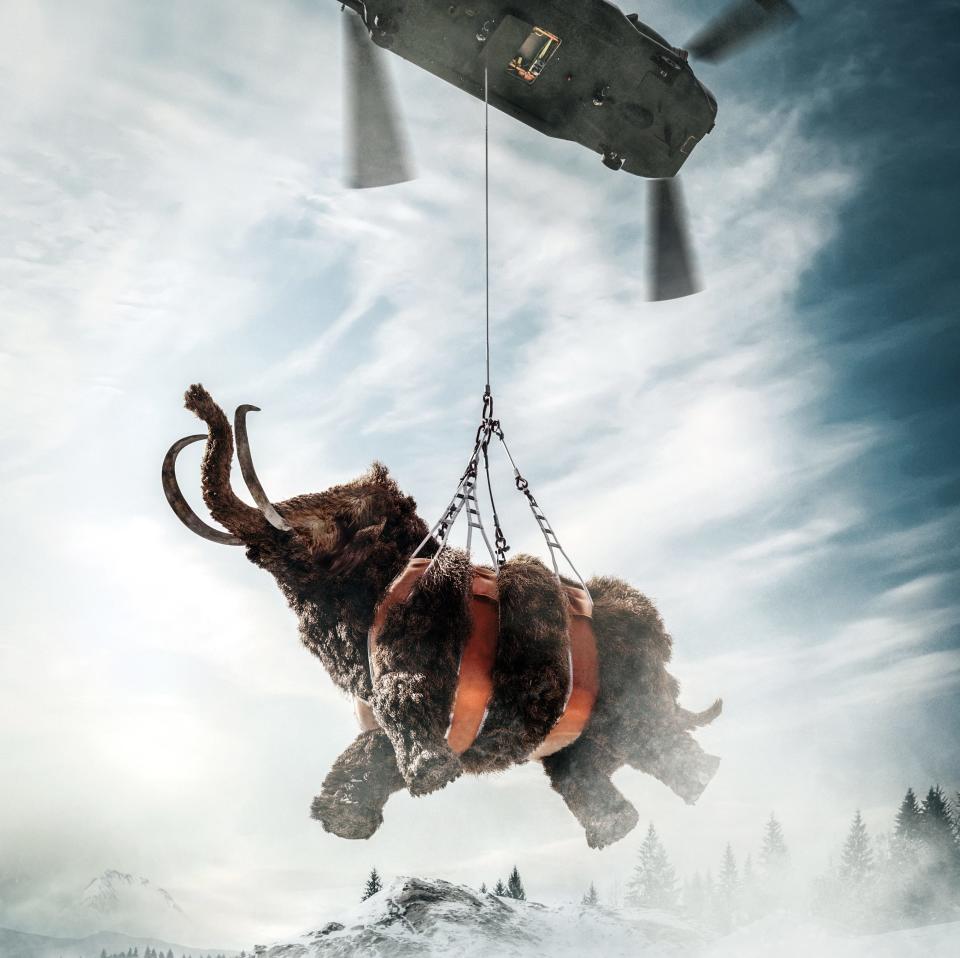
For Ben Novak, it started with a dead sheep. The horned beast’s head had hung on the wall of the museum at Theodore Roosevelt National Park in North Dakota for as long as he could remember, commemorating the president who was the father of the American conservation movement.
Novak had grown up nearby, in a house his father built on the edge of South Dakota’s Badlands, where he went out hiking every day looking for fossils. Once he saw two golden eagles with their talons locked together, spiralling in the air. So he never paid much attention to a dead bighorn sheep – there were plenty of live ones roaming the park, along with bison so numerous they often blocked the road.
Then, when Novak was around 14 or 15 years old, he looked at the little plaque, which said the bighorn sheep had become extinct in the area and been reintroduced, as had the bison and elk. That realisation, Novak says, helped spur him to devote his life to recreating extinct species – chiefly the passenger pigeon, which was once so numerous in the eastern US that its flocks were said to block out the sun, but which died out in captivity in 1914.
‘People lived with those birds, people got to see those birds, and then people in history robbed me from getting to have the same incredible experience,’ says Novak, now 35, who lives in North Carolina with his young twins. ‘When one of the things that thrills a person is going out and seeing wildlife, it’s impossible not to feel like you’ve been personally robbed by the extinctions of the past few decades.’
Today Novak is part of a growing movement trying to bring about the ‘de-extinction’ of lost species through genetic engineering. These scientists and activists aim to ‘re-stabilise’ Earth’s ecosystems by restoring key species whose ecological role has never been replaced. In the process, they hope to inspire a new generation of conservationists and develop advanced technologies that could help preserve existing species in the face of climate change – and change the face of human medicine.
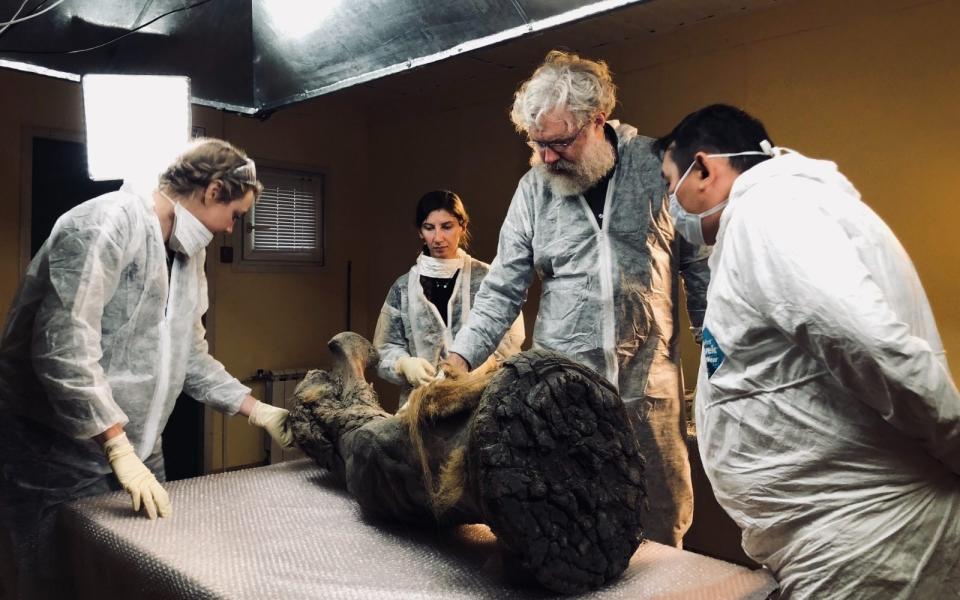
Novak is lead scientist at Revive & Restore, a charity founded in 2012 by the counter-cultural writer Stewart Brand, based near the majestic Muir Woods north of San Francisco. In 2020, it cloned the highly endangered Przewalski’s horse and black-footed ferret from dead animals whose cells were frozen in the 1980s.
Novak’s dream, though, is to recreate the passenger pigeon. Having sequenced its genome, he is working to edit existing pigeon genes and devise ways of inserting new DNA into a growing embryo – never before done for birds.
But there are others who dream even bigger. Across the country, in Texas, Colossal Biosciences, a for-profit start-up, is trying to bring back the woolly mammoth. It has promised to produce a genetically modified Asian elephant that is as close as possible to its hairy forebear within the next six years.
The company argues that sufficient herds of these animals could mitigate climate change by recreating the lost Arctic grasslands of the Ice Age. In March, just five months after launching, it raised $60 million (£48 million) from investors, led by Jurassic World executive producer Thomas Tull, with prior backers including cryptocurrency tycoons Cameron and Tyler Winklevoss and arch-conservative venture capitalist Peter Thiel, who see huge financial potential in the gene-editing and artificial birth techniques that Colossal intends to develop.
‘Extinction is a colossal problem facing the world, and Colossal is the company that’s going to fix it,’ the firm’s website promises. ‘We’re probably the only species on Earth that’s capable of saving the other species if they’re truly endangered,’ Colossal’s co-founder and lead scientist George Church – a veteran Harvard genetics professor – tells me.
Meanwhile, in Australia, the University of Melbourne has just set up a laboratory dedicated to replicating the thylacine, or Tasmanian tiger, thanks to a AUD 5 million (£2.8 million) donation in March from Aussie cryptocurrency entrepreneur Russell Wilson.
That month, lead scientist Professor Andrew Pask published a new ‘high-quality’ genetic sequence for
the wolf-like carnivorous marsupial, which became extinct in 1936 after authorities imposed a bounty on the supposed sheep-savager.
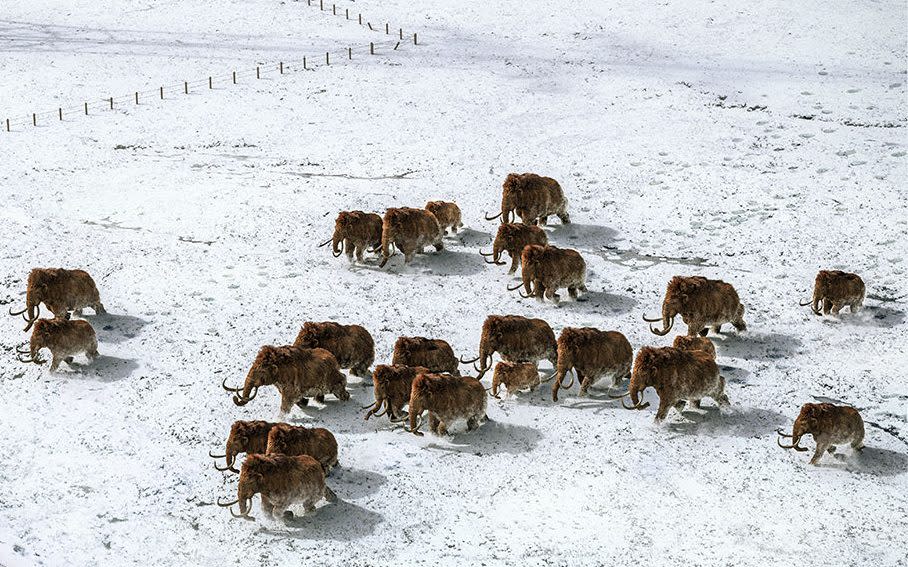
‘If anyone can achieve de-extinction, it will be monumental,’ says Pask. ‘It will change the way we view extinction, change the way we view animal conservation.’
Yet de-extinction – and Colossal’s work in particular – has sparked debate among scientists and conservationists, not least because most extinct species cannot ever be truly revived. Their successors will be novel creatures, carefully edited from existing stock with emerging gene technologies and released into the wild with the hope of changing their ecosystems – raising questions about how it will work, who benefits and who is in control.
‘It would be better to be honest with people about what you’re doing, and you’re not creating a mammoth,’ says Victoria Herridge, a mammoth palaeontologist and broadcaster at the Natural History Museum in London, who turned down a seat on Colossal’s advisory board last year for ethical reasons.
‘You’re not reviving, you’re not restoring, you’re not de-anything-ing… you are carrying out a bio-engineering experiment which, if your goal is [met], will create change at a global scale. It becomes a question of: who gets to tamper with the climate system of the planet?’
Back in 2000, in a tiny room in the Oxford University Museum of Natural History, Beth Shapiro carefully drilled into a dodo’s leg bone. It had taken some convincing for her manager to let this young American PhD student at the irreplaceable sample.
‘I had drilled into many bones, but none of them were that precious,’ recalls Shapiro. ‘We’re both sitting there feeling very nervous. But I knew that I had tried everything else. This was going to be my only shot at getting [dodo] DNA.’
At the time, de-extinction was already becoming a topic of scientific debate. The cloning of Dolly the sheep in 1996 had proved that it was possible to replace the DNA in an unfertilised mammal egg cell with genes from another individual, so couldn’t this be done with extinct DNA too?

Shapiro wasn’t trying to answer that question. Her quest was simply to learn more about the dodo’s genome, which was challenging enough. Genetic code falls apart quickly after death unless preserved, leaving ancient DNA broken into tiny fragments, so Shapiro had to wear a full body suit, a hair net, a face mask, and gloves to avoid contaminating samples with her own material.
The Oxford sample did not yield a full genetic sequence, but it did show that dodos, which were killed off by humans in the 17th century, were actually a type of pigeon – and helped make Shapiro one of the world’s foremost experts in ancient DNA.
Today Shapiro is a professor at the University of California Santa Cruz (UCSC), a board member for Revive & Restore, and an advisor to Colossal, helping it identify which genes make the difference between a modern elephant and a mammoth. She recently sequenced a whole dodo genome from a sample in Denmark and even wrote a book called How To Clone a Mammoth, her ‘long-form answer’ to endless questions from journalists. Ben Novak, who studied with her at UCSC, describes her as the mother of defining de-extinction.
Ironic, then, that she doesn’t really believe in it. ‘I’m not opposed to de-extinction, I just don’t think it’s possible,’ she explains. Finding a perfect sample of DNA is impossible for animals that died out before modern preservation methods such as cryogenic freezing.
Mass extinction
Even if we had one, Shapiro argues that any given species is the product not only of its DNA but its environment, the conditions of its gestation, and the way it is raised, none of which can be replicated.
‘If you are willing to accept an Asian elephant that has the few genes that make it better able to survive in a cold place as a mammoth, then that’s pretty possible. But if you want something that is genetically, behaviourally, and psychologically identical to a mammoth in every way? That’s never going to happen.’
Why, then, spend so much time and money on de-extinction? Why not instead – as many arguing against these technologies suggest – focus on conserving existing endangered animals?
‘We are currently in mass extinction,’ points out Axel Moehrenschlager, a zoo conservation director who helped write the International Union for Conservation of Nature’s (IUCN) guidelines on reviving extinct species. ‘And so shouldn’t we do everything we can to save the species that remain, that need our help, and that we have the capability of saving if we apply science and policies with courageous action?’
In Melbourne’s new hi-tech lab, mischievously named the Thylacine Integrated Research and Restoration Lab (or TIGRR), six postdoctoral students and two permanent staffers are cultivating a living population of marsupial stem cells, analysing their RNA and putting them in different conditions to test whether they could one day be used to produce thylacine proxy embryos. They rent time on powerful supercomputers to probe the genetic differences between thylacines and other marsupials, learning which DNA edits could best bridge the gap between them.
Much of that work is based on four surprisingly well-preserved DNA samples from three baby thylacines that had lain for years in a Melbourne museum archive, found in the pouch of a female who was shot around a century ago and preserved in ethanol rather than formaldehyde (which breaks up DNA).
Having sampled the babies in 2000, Andrew Pask was later able to reproduce a few thylacine genes and insert them into a developing mouse zygote, the first time extinct DNA has been ‘resurrected’ in a living animal. TIGRR’s new thylacine sequence, Pask says, is ‘the best genome at the moment for any extinct species’.
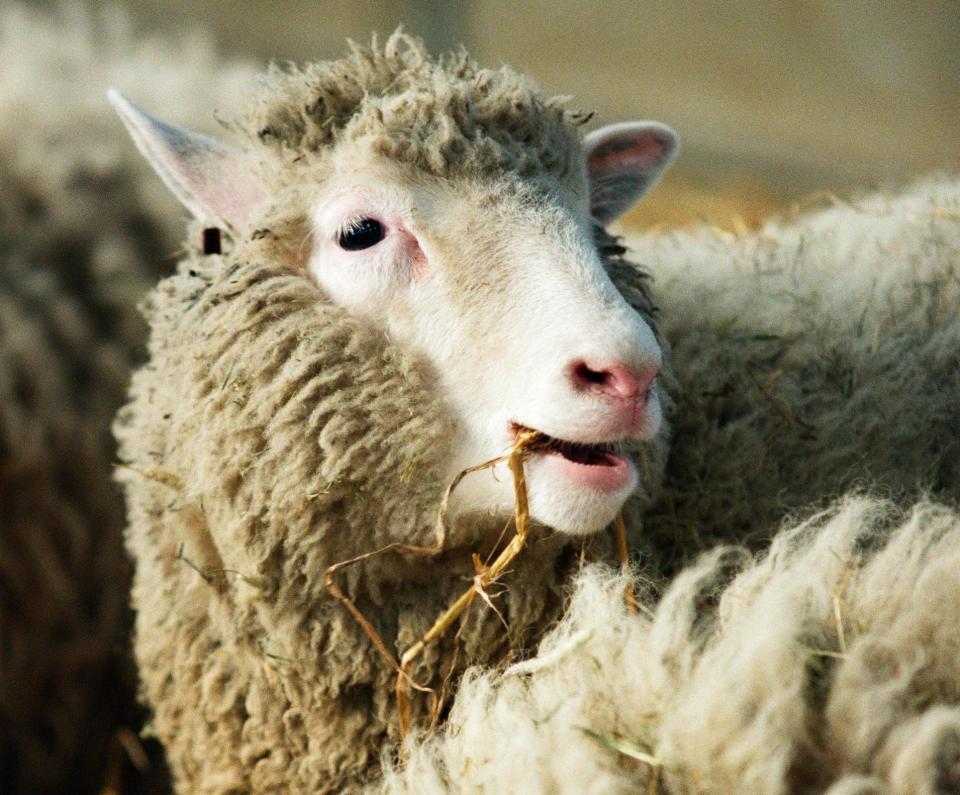
For advocates of de-extinction, this isn’t a distraction from conservation; it is conservation. Today, DNA from more than 1,200 endangered species and subspecies has been archived in San Diego’s Frozen Zoo, one of many such ‘biobanks’ around the world.
Colossal’s co-founder Ben Lamm cites Najin, one of only two northern white rhinos left on Earth, who was retired last year from an egg-freezing programme because she is too old. Any technology capable of reviving a woolly mammoth, a thylacine, or a passenger pigeon could help save these species too.
Supporters also argue that it doesn’t matter that a revived animal isn’t identical to its forebear if it fills the same ecological niche. Novak’s research, for example, suggests that passenger pigeons’ gigantic flocks played a critical role in clearing and thus rejuvenating woodland – and that modern species are still suffering from their absence.
He sees de-extinction as a continuation of existing conservation methods: we often breed endangered species in captivity to replenish wild populations, sometimes interbreeding them with other subspecies or training them with survival skills.
Similarly, Pask argues that the ecological void the Tasmanian tiger left behind when it died out 80-odd years ago has never been filled – to say nothing of the hole in Australia’s national culture (‘When you go to Tasmania, every government sign has a Tazzie tiger on it,’ says Pask).
In theory, it has been gone for little enough time that a recreated version could slip back into its old role, stabilising local food chains as Australia’s only marsupial apex predator. Its distant relative the Tasmanian devil, for instance, has been made endangered by a highly infectious facial cancer, which Pask believes could have been prevented or slowed if the thylacine had been around to weed out the sick individuals.
‘It’s hard to justify de-extinction for a lot of species, just because their niche doesn’t still exist. But for the Tazzie tiger the environment remains unchanged.’
Ecosystem engineers
The ethics of recreating a mammoth are a little trickier. Colossal’s Ben Lamm and George Church believe they can identify which genes distinguish mammoths from modern elephants and then edit those traits – such as extra insulating fat and long hair – into Asian elephant DNA, which they say is about 99.6 per cent identical (compared to 98.6 per cent for humans and chimpanzees).
The hybrid creatures could then be implanted into living Asian elephant surrogate mothers, or potentially grown within an artificial womb; raised among elephants, the new mammoths would be first reintroduced at Pleistocene Park, a nature reserve in Siberia aiming to recreate the Ice Age’s ‘mammoth steppe’.
Church argues that the original mammoths were ‘ecosystem engineers’, trampling down woods into grasslands that better reflect light (and therefore heat) than the ‘dark bark of the trees’. Reviving that ecosystem would make room for numerous other large animals that would together scrape away built-up snow that stops cold air from reaching the soil, thus slowing the thaw of Arctic permafrost and the release of its long-trapped carbon.
To do this, however, would be tampering with the environment in a huge way, for which it has its critics. ‘I believe that the likelihood of [Colossal’s] success is so low that frittering away private money is like, what’s the damage?’ says Victoria Herridge.
‘But if I’m wrong, and they’re correct, and making a GM Arctic elephant has the impact on the ecosystem of the Arctic and the impact on climate change that they say it will, then that is a planetary-level change, and that should not be in the hands of a private company.’
Then there are the elephants themselves. They do not take well to zoos (which Herridge calls ‘a facsimile of happiness’), and struggle to breed in captivity, with high mortality for mothers and babies. Their long gestation time – up to 22 months – also creates a particularly severe metabolic burden for the mother. That is before considering extra risks from incubating a genetically modified hybrid species.
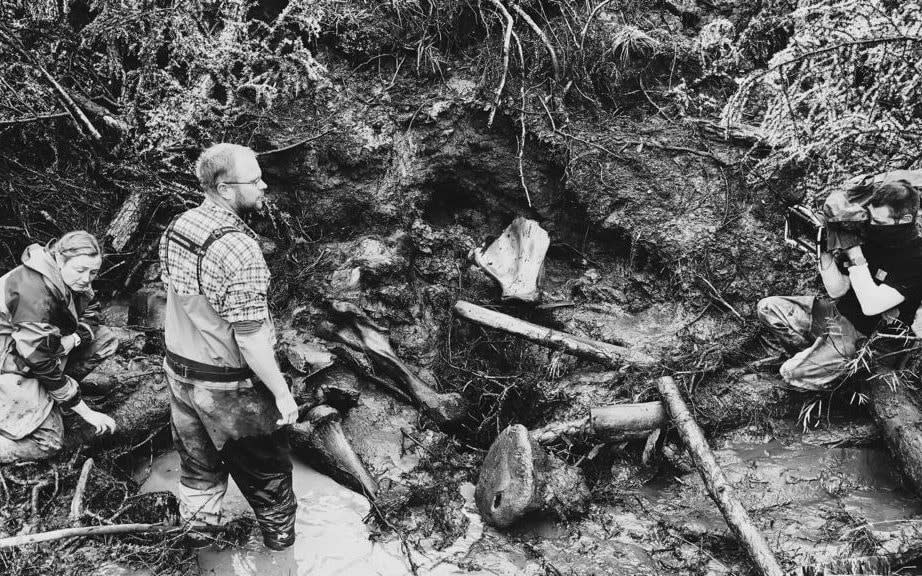
Colossal is not blind to these problems. Ultimately, Church and Lamm see surrogacy as a stopgap solution: beyond the moral risks, there are simply too few Asian elephants to ‘scale up’ to mass mammoth production. Instead, the company plans to develop forms of artificial gestation, such as an artificial womb or a womb-mimicking plastic bag for deliberate premature births (as has already been tested on lambs).
Such methods could also revolutionise human birth. ‘We’re 100 per cent focused on de-extinction and conservation,’ says Lamm, ‘but hopefully some of the technologies we make can be licensed to people that would then take them into human healthcare… I do philosophically believe that ex-utero development for humans is a massively world-changing technology that can be really, really helpful to so many people.’
Meanwhile, the kind of cheap and fast gene-editing that Colossal needs could allow scientists to modify plants and corals to resist global warming, or even create GM enzymes to break down plastic in the oceans. Of course, Colossal’s investors are counting on exactly these breakthroughs.
In 2015, Game of Thrones author George RR Martin gave $10,000 to Revive & Restore after hearing Novak give a TEDx talk. In those days, that was big money for de-extinction; now Colossal has changed everything. Novak is glad for the influx, which has already sparked more donor interest in non-profits such as Revive & Restore.
Still, he is uncomfortable with de-extinction being eaten up by the same venture capitalist model that powers the wider US economy. ‘The people funding Colossal might be intrigued by de-extinction, but they’re putting money in because they think a synthetic uterus is going to line their pockets,’ he says.
Lamm’s retort is that non-profits have to work with donors and grant funders, so are still focused on where the money comes from. ‘Our investors are 100 per cent focused on not just the tech but the mission,’ he says.
Does it matter, at the end of the day? Herridge suspects the quest to revive mammoths is driven more by romance than calculation. If so, the romance is widely shared, for everyone in this story has had some encounter with the intense emotion that de-extinction can inspire.
For years, Shapiro got enquiries from people asking for her help resurrecting their pets. When Novak was studying with her, he says they got a hate letter about passenger pigeons. ‘It was somewhat comical,’ he recalls. ‘This person saying we needed to stop now before our mutant monster pigeons destroyed the world.’
Those woolly mammoth scientists might want to watch out.

 money
money 